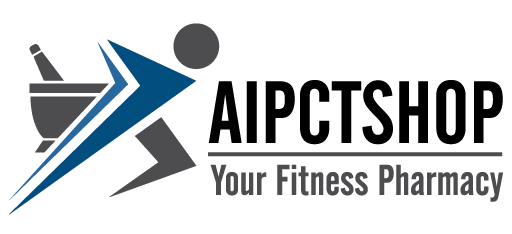
We’re Updating Our Website!
Our site is currently under maintenance and will be back soon with a fresh new look.
In the meantime, if you’d like to place an order, please visit:
aipctshop.net
Thank you for your patience and support!

We’re Updating Our Website!
Our site is currently under maintenance and will be back soon with a fresh new look.
In the meantime, if you’d like to place an order, please visit:
aipctshop.net
Thank you for your patience and support!